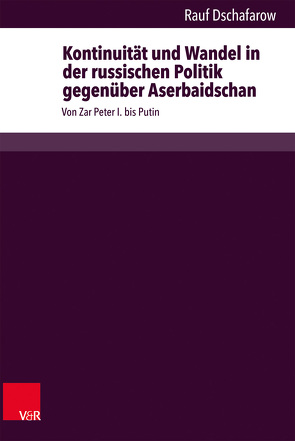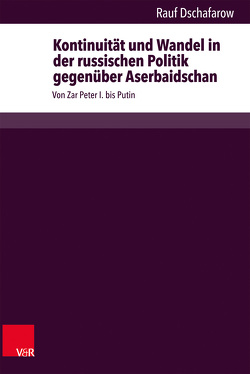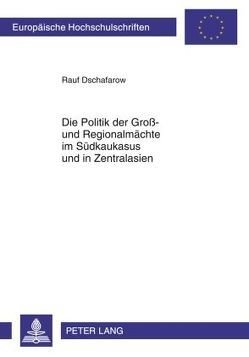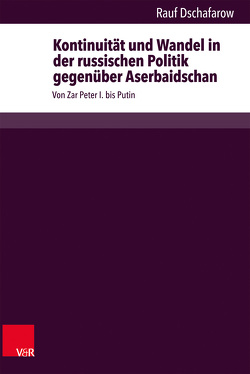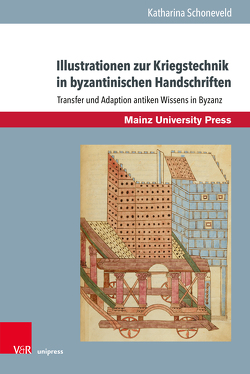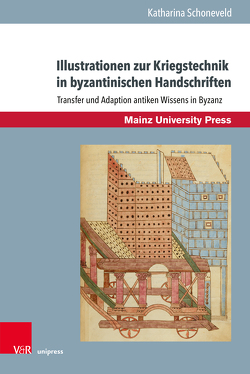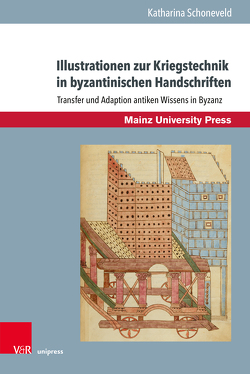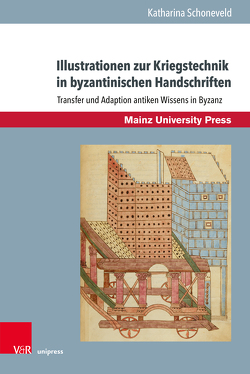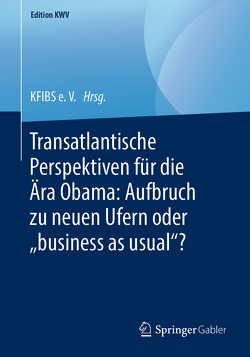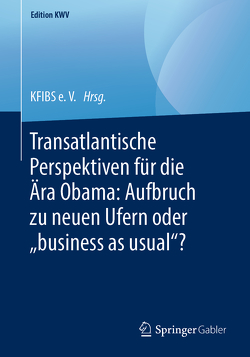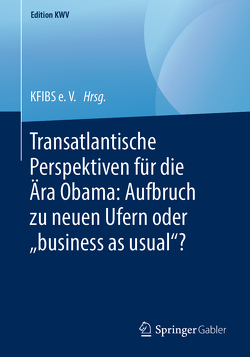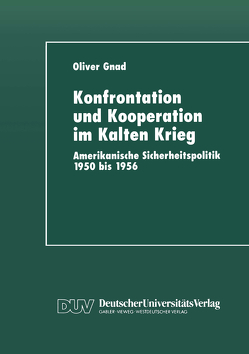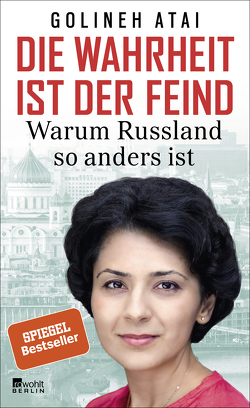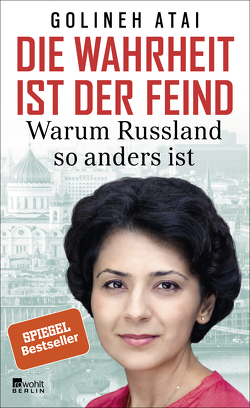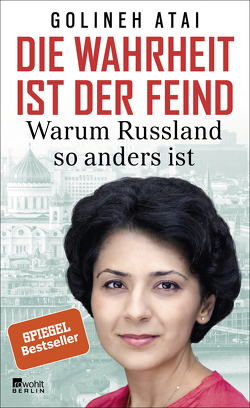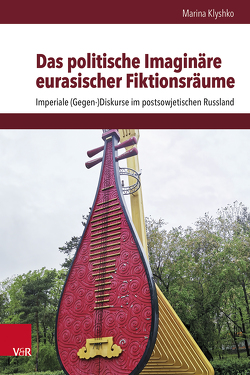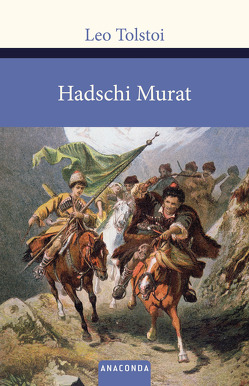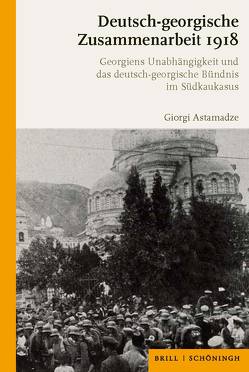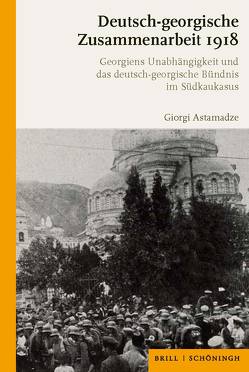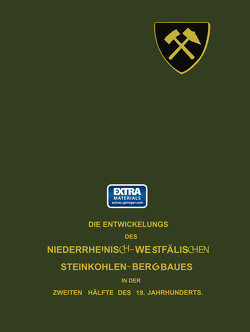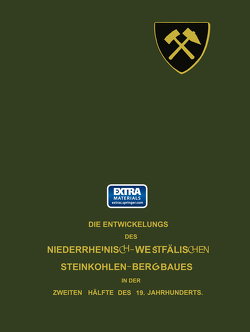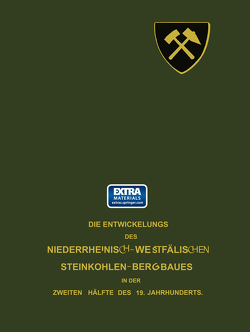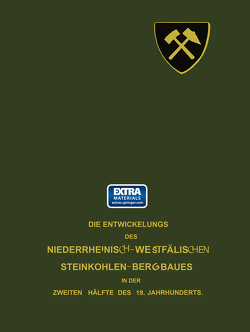Kontinuität und Wandel in der russischen Politik gegenüber Aserbaidschan
Von Zar Peter I. bis Putin
Rauf Dschafarow
For just under 200 years, Azerbaijan was part of a Russian-dominated power structure: first the Tsarist empire, then the Soviet Union, the core of which is today’s Russia. During this time, the country succeeded in achieving independence from Russia only twice – after the fall of the Tsarist empire (1917) and of the Soviet Union (1991).The present study is limited to a comparative analysis of these two periods, as their observation and examination reveals surprising similarities and continuities. In both cases, both actors had undergone drastic changes. Russia had to come to terms with the loss of its imperial status, and in this way Azerbaijan gained independence from the Russian metropolis. It emerged that despite the loss of its imperial supremacy, Russia perceived the whole Caucasus as its “back yard”, and continued to act like a supreme power. Azerbaijan, on the other hand, saw itself as an independent country and tried to maintain its independence from Russia at all costs.Against this background, the study aims firstly to identify the driving forces, elements, manifestations and instruments of Russia’s Azerbaijan policy in both phases, and secondly to retrospectively analyse continuities and traditions in this policy in order to demonstrate potential developments in the future.
